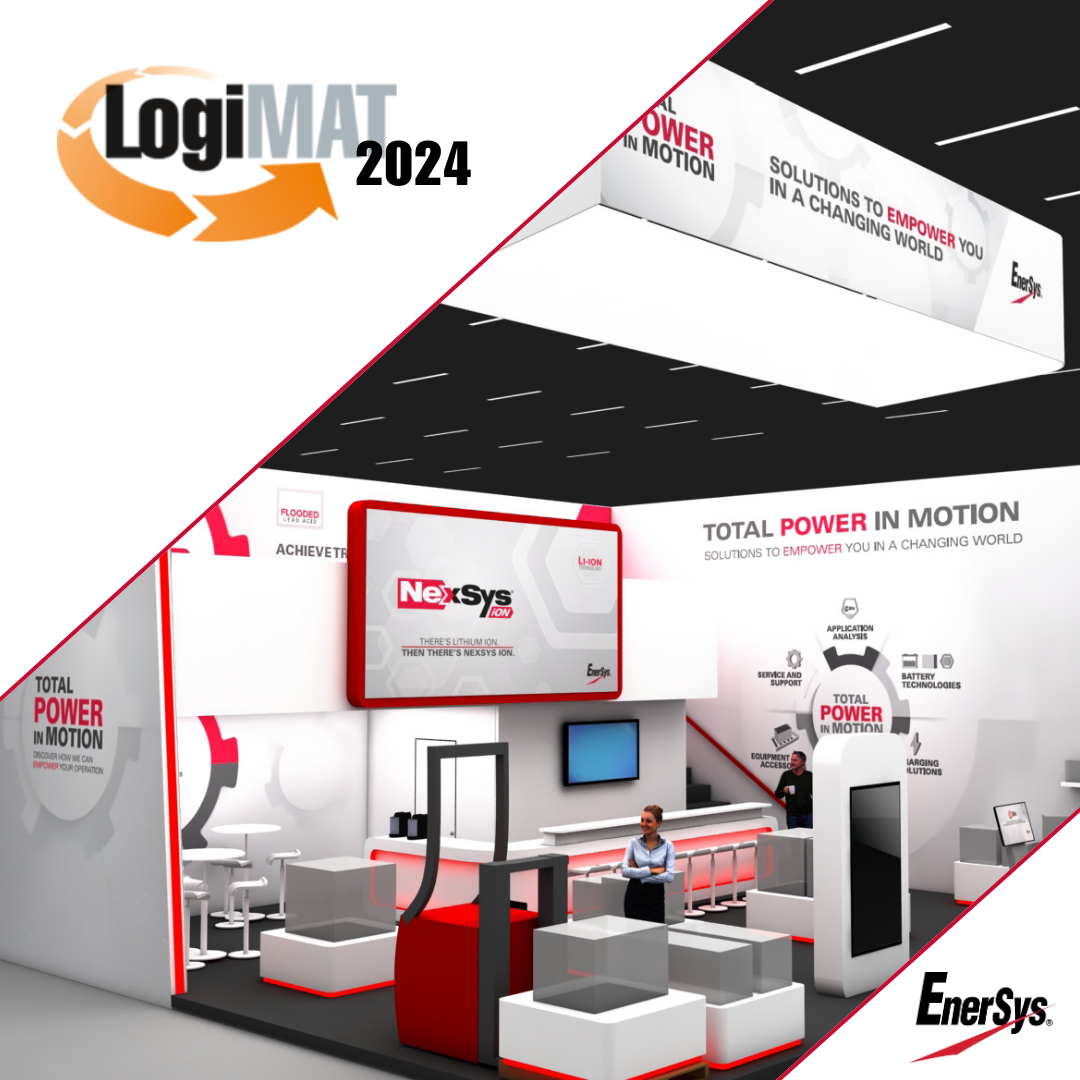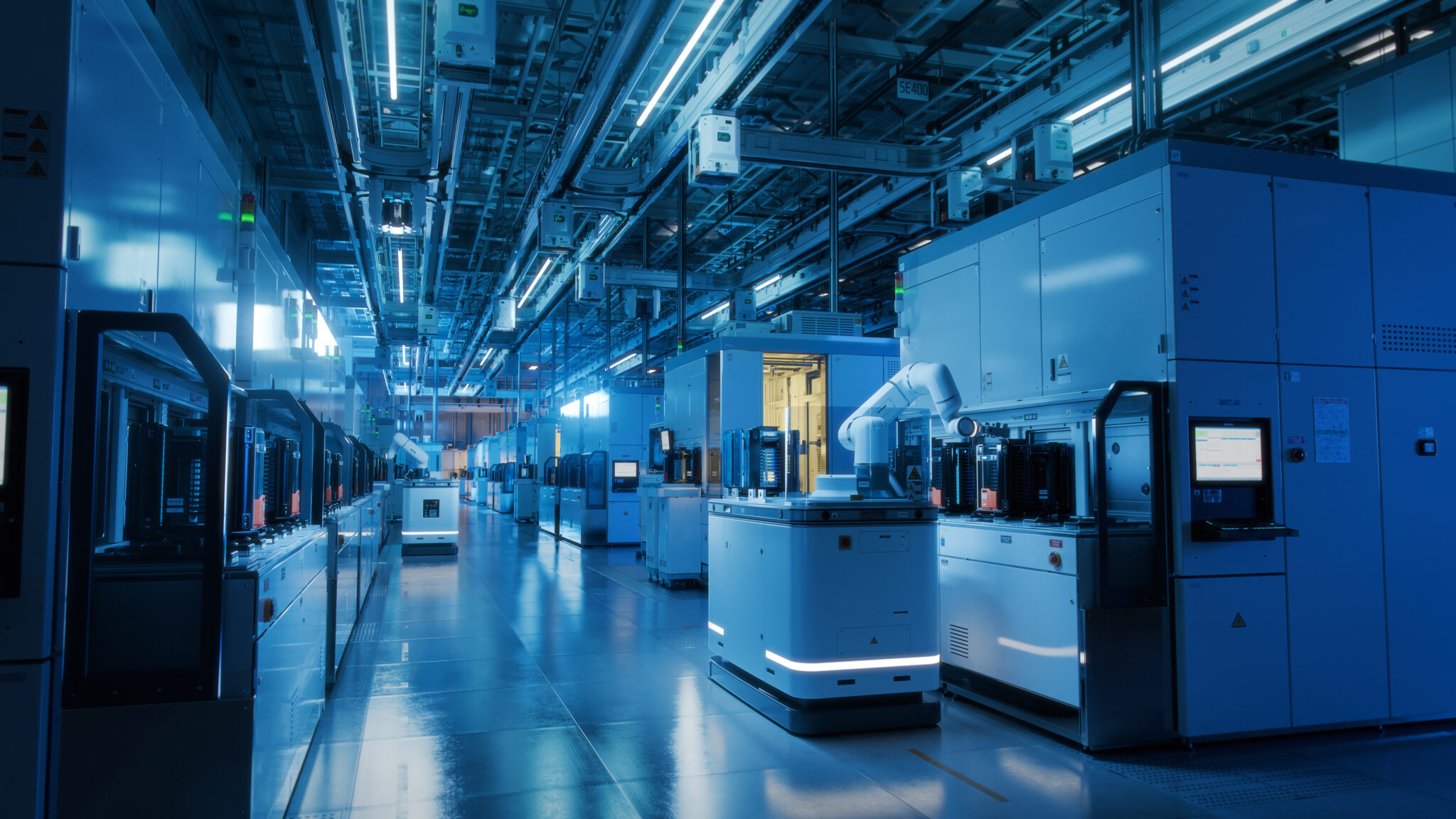Red Bull’s Formula One HQ in Milton Keynes is an appropriate and impressive backdrop to learn why data is fuel in logistics. David Priestman attended Dexory’s Supply Chain Fast Track conference.
High performance in logistics can be maintained by extracting insights from data and taking practical steps. “Data itself has no value,” states Rob Smedley, former Ferrari, Jordan and Williams F1 race engineer, “insight is everything. Complexity requires having a data strategy.” Warehouses may be less glamorous than race tracks, but they are also hubs of innovation.
Polycrisis logistics
When multiple supply chain disruptive events happen concurrently how can they be tackled? “Resilience planning is key,” says Mike Fahy, CEO of Neovia, a contract logistics provider operating in 20 countries and with 80 hub facilities and 8000 employees. The 3PL specialises in service parts logistics for automotive, industrial and tech customers, formerly being Caterpillar Logistics Services.
Fahy advises logisticians to tackle ‘polycrises’ by multi-sourcing, embracing technology and strong cybersecurity. “We’re not back to just-in-time yet, after the pandemic. We’re still at just-in-case for supply. Warehouse space is relaxing a bit, depending on the location.” Neovia use Dexory to create a ‘digital twin’ of each warehouse, providing visualization and interpretation of inventory stock. For example, the Dexory View dashboard enables pick face analysis of volumes.
Neovia use other tech, like Protex AI’s warehouse CCTV system, which reduced safety incidents by 80%. “New tech creates disruption,” Fahy emphasises, “being part of change is key.” He also praised Athingz – an autonomous supply chain service utilising machine learning to aid sales inventory optimisation, planning and execution. Real-time analytics with a virtual control tower helps forecasting freight lanes, both inbound and outbound. Extended reality, or VR, is used by Neovia for training, using tech from Elm Park Labs. Apple’s Vision Pro is tipped by Fahy to become a handy tool.
Supply chain design, of the number and location of distribution centres, leads to a tech-based materials handling approach. Simulation can be used prior to construction to study the average flow, slow days and peak operations. “Maximising cubic optimisation is key,” according to Fahy, and robotics is paramount. His company are piloting self-driven HGV lorries, remote driving of warehouse reach trucks and remote monitoring of assets.
Visibility gap
Only 6% of supply chain managers claim to have full global visibility. Gaps can lead to out-of-stock or over-stocking issues. The distribution centre is where some visibility is lost, due to damage, loss, theft or errors that occur. The visibility gap is an intelligence gap. An estimated 6500 hours per year can be spent on stock checks for a typical DC, say Dexory. Starting accuracy for their customers is 91-95%, with 24 minutes on average taken to resolve discrepancies. Dexory’s solution claims to increase accuracy to over 99%, which is better than warehouse drones can achieve.
GE Appliances are one of many manufacturers using temporary, overflow warehouses. “That can make it harder to maintain accuracy,” Harry Chase, GE Senior Director for Central Materials, says. “The quality and timeliness of data is crucial.” Dexory can be used for better slotting and stock consolidation, by freeing-up space and identifying bottlenecks.
Machine help?
Generative AI may create new strategies in logistics, for example in transport routing. Chris Coote of Dexory says AI is less intuitive than a human but provides fast answers and concepts. “Embrace limitless possibilities to build a smarter, safer ecosystem in the DC,” he exhorts.
Wincanton, a 99 year-old British third party logistics operator with 21000 staff, are in the process of being acquired by CEVA Logistics, part of the giant French shipping line CMA CGM. Paul Durkin, Chief Customer and Innovation Officer, has a practical view of robotics and automation. Companies should invest in tech, he argues, because labour costs are rising, automation costs are falling and there is a demand for short lead times in logistics. “There’s no longer a long payback time for this equipment,” he says, looking for a 20% return of capital deployed.
The downsides to such investment are the interest on capital expenditure, competing demands for investment and the proliferation of software and hardware, which makes it difficult to be certain what to purchase. “Retail customers spend on their ‘front of house’ (shops and stores). We’re ‘back of house’,” adds Durkin. Wincanton has re-organised itself to lean towards IT and technology, seeing 3PL as a service. Owning the IP of software in-house is important for the company. “We can’t rely on being an asset-based business, with just trucks and sheds,” he adds. Automation can solve customer problems. “Commercialize it. Value creation leads to long-term success.”
Industrial collaboration is a good thing, according to Durkin, who was speaking on the day the CEVA deal was being finalised. “There’s room for it. Warehouses haven’t evolved that much. We all need to accelerate our journey and get slicker. Wincanton need 30 upgrade projects a year, but only have the bandwidth for half that.“
Generation logistics
Getting the organization’s design right is key. “Size isn’t everything. Start small with automation and robotics, get used to it, be prepared to fail,” he advises. Wincanton work with smaller, nimble suppliers, including Dexory. “Now we have proof-of-concept on-site we can invest further. There are no guarantees, but we have created headroom.”
Automation and robotics can inspire colleagues and attract young people into the sector. It can lead to upskilling of existing staff. ‘Generation logistics’ is a slogan aimed to elevate the industry, make it sexier. New entrants to the market, like Hived and everstox, backed with venture capital by investors including Maersk, are on a fast track, fuelled by data to innovate and increase competition in logistics. Our industry is en vogue. Make hay and rejoice.
Read more:









